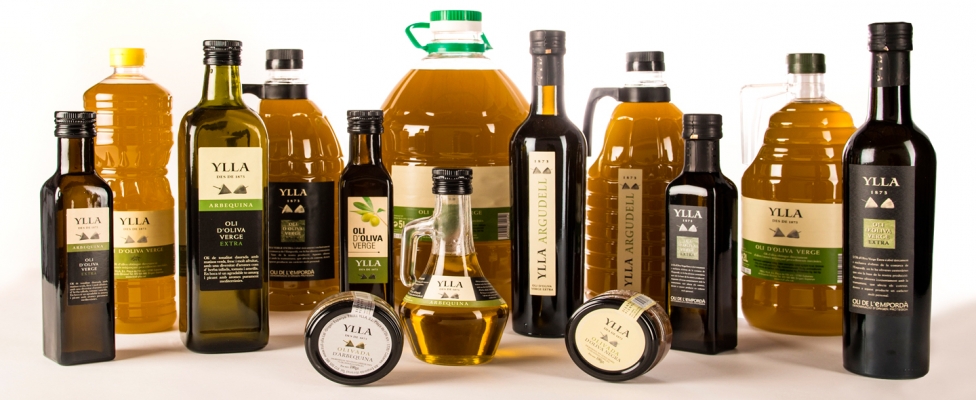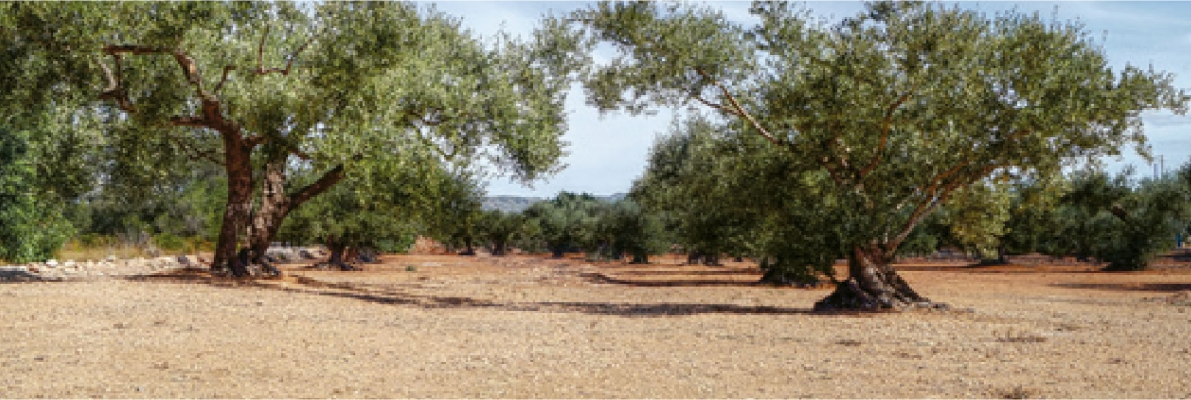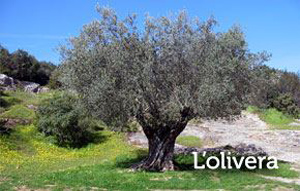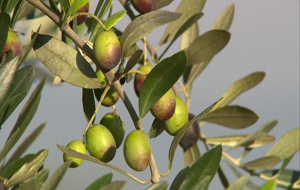The cultivation of olive trees and oil production has been known for more than 2,500 years, according to historical sources. It is difficult to go back to the origins of olive tree cultivation. The first examples detected by archaeology are from the Bronze Age.
In 600 BC, during the Greek colonisation, the most western Greek colonies of the Mediterranean were founded. Empúries and Roses, located in the Alt Empordà. If, on the one hand, during the 6th century BC, when olive trees were grown in Greece, oil was exported and Empuries and Roses were colonised, it is logical to think that the cultivation of olive trees was also exported to the Alt Empordà, a fact which is corroborated by archaeology.
The olive tree is perennial and can live and produce for hundreds of years. It has a thick, greyish trunk and attractive bark and its leaves are a dark green colour on the front and silvery grey-green on the back.
The white flowers of the olive tree start to bloom at the end of March. The fruit of the olive tree is the olive.
The olive tree was considered sacred in many cultures, mainly in Greek and Roman mythology. The Greek goddess Athena created the olive tree, in Europe the olive tree symbolises peace, among Christians it is a very important tree, Jesus prayed and was arrested on the Mount of Olives and in ancient Egypt, mummies such as that of Tutankhamen were wrapped with olive branches.












